Different LED light colors affect skin at different depths. Red light supports collagen and recovery, blue targets acne, and green helps pigmentation. These functions aren’t based on how the light looks, they’re driven by its wavelength and output.

To get lasting improvements in tone, texture, or clarity, the match between device and wavelength has to be dialed in. That’s exactly what Lumara devices are built for, delivering wavelength-specific energy where your skin can actually use it.
If you're looking for the full breakdown of what each color actually does, and how to choose based on skin type or concern, keep reading.
What Each LED Light Color Actually Does
Color alone doesn’t determine effectiveness. It’s the combination of wavelength, depth, and energy density that changes what’s happening in the skin. Below is a clear guide to each color, what it targets, and which product matches best.
Red Light (660nm) – Cellular Energy and Wrinkle Reduction
Red light supports mitochondrial function. When light hits the dermis at 660nm, it stimulates ATP production, which supports cell turnover and tissue repair. This wavelength also boosts blood flow and reduces inflammatory markers that lead to sagging or dullness.
For daily skin support, the VISO LED Mask focuses pure 660nm light across the face, ideal for age support and hydration. For larger treatment zones, the Illuminate Red Panel delivers full-body coverage with medical-grade intensity.
Near-Infrared (830–940nm) – Deep Muscle Relief and Regeneration
Near-infrared light travels further, reaching muscles, joints, and deeper connective tissues. This range supports recovery from soreness, boosts circulation, and can assist with pain reduction. It’s not ideal for surface concerns, but highly effective below the skin.
The Lumara Pad uses three clinically studied wavelengths (635, 830, and 940nm) in a flexible format that wraps around target areas. This approach supports post-workout recovery, injury management, or long-term inflammation relief.
Blue Light (415nm) – Acne and Surface Bacteria
Blue light delivers targeted energy to the upper layers of the skin. Its primary benefit is the ability to kill acne-causing bacteria before it triggers breakouts. At 415nm, blue light also calms overactive sebaceous glands and supports clearer skin without harsh topicals.
For persistent breakouts or monthly flare-ups, the Illuminate Blue Panel offers uniform surface coverage, ideal for treating acne on the face, back, or chest. It’s designed to deliver a steady antibacterial dose without causing irritation or dryness.
This wavelength also plays a role in managing rosacea and reducing inflammation at the surface, especially useful for individuals with reactive skin types.
Green Light (525nm) – Tone Correction and Pigmentation
Green light operates just beneath the epidermis, targeting pigmentation at its source. It helps regulate melanin production, fade dark spots, and even out discolouration without stripping the skin barrier. This makes it useful for treating sunspots and post-acne marks.
The Illuminate Green Panel is designed for individuals looking to refine tone and balance skin texture. It’s a steady alternative to chemical peels and harsh brightening agents.
Green light has also shown promise in mood support applications, beneficial for those managing pigmentation changes tied to stress or seasonal variation.
Why Wavelength and Dose Matter More Than Colour
Light therapy results come from energy, not hue. What affects the skin is the wavelength (measured in nanometres) and the dose delivered per square centimetre (J/cm²).
Colour terms like “orange” or “pink” can sound appealing, but the skin doesn’t respond to colour names, it responds to energy at depth.
Red (660nm) vs NIR (830nm): Depth vs Function
Red (660nm) stimulates the dermis and supports collagen growth. NIR (830nm) travels deeper, interacting with tissue, nerves, and muscles.
Choosing between the two depends on where support is needed, surface vs recovery. VISO LED Mask focuses on skin rejuvenation, while the Lumara Pad helps with soreness and tension in soft tissue.
Leopard Spots: Why Even Coverage Is Non-Negotiable
Patchy LED spacing leads to uneven exposure. Some skin gets enough light, while other areas receive almost none. This is called leopard spotting, and it’s the reason many mass-market devices fail to deliver visible change.
The Illuminate Red Panel uses 6mm LED spacing to eliminate this issue, providing full, consistent coverage.
Choose Light That Works
Skin doesn’t respond to color, it responds to energy. And not just any energy. To improve tone, clarity, or collagen, you need clinically proven wavelengths, consistent optical output, and full coverage without gaps.
At Lumara, every device is engineered for performance, measurable energy, reliable dosing, and precision you can trust.
Looking for acne-fighting, pigmentation-fading, or collagen-boosting support? Start here:
-
VISO LED Mask – Facial rejuvenation with 660nm red light
-
Illuminate Blue Panel – Acne-fighting energy at 415nm
-
Illuminate Green Panel – Pigmentation correction and mood balance
-
Illuminate Red Panel – Collagen stimulation and wrinkle reduction with full-face coverage
-
Lumara Pad – Deep-tissue relief with 3-wavelength power
No gimmicks. No filler. Just clinically aligned light, where your skin can actually use it.
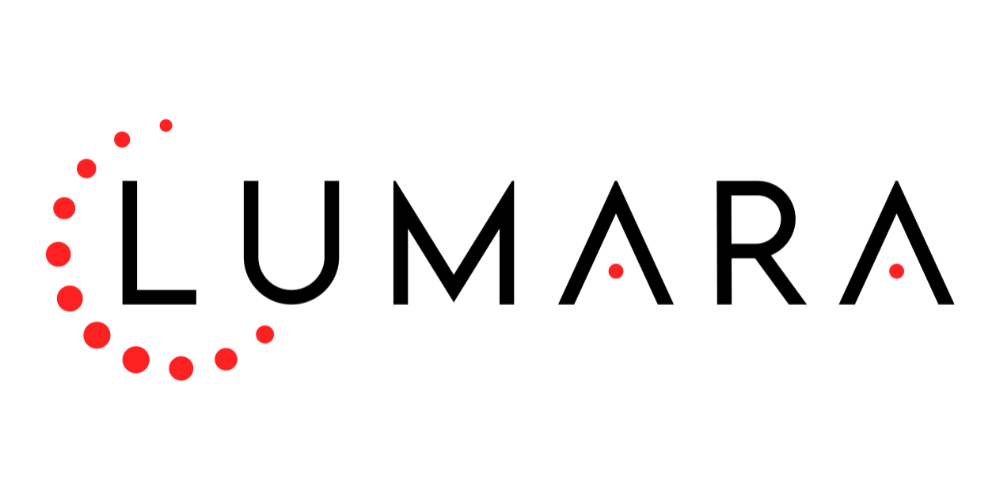

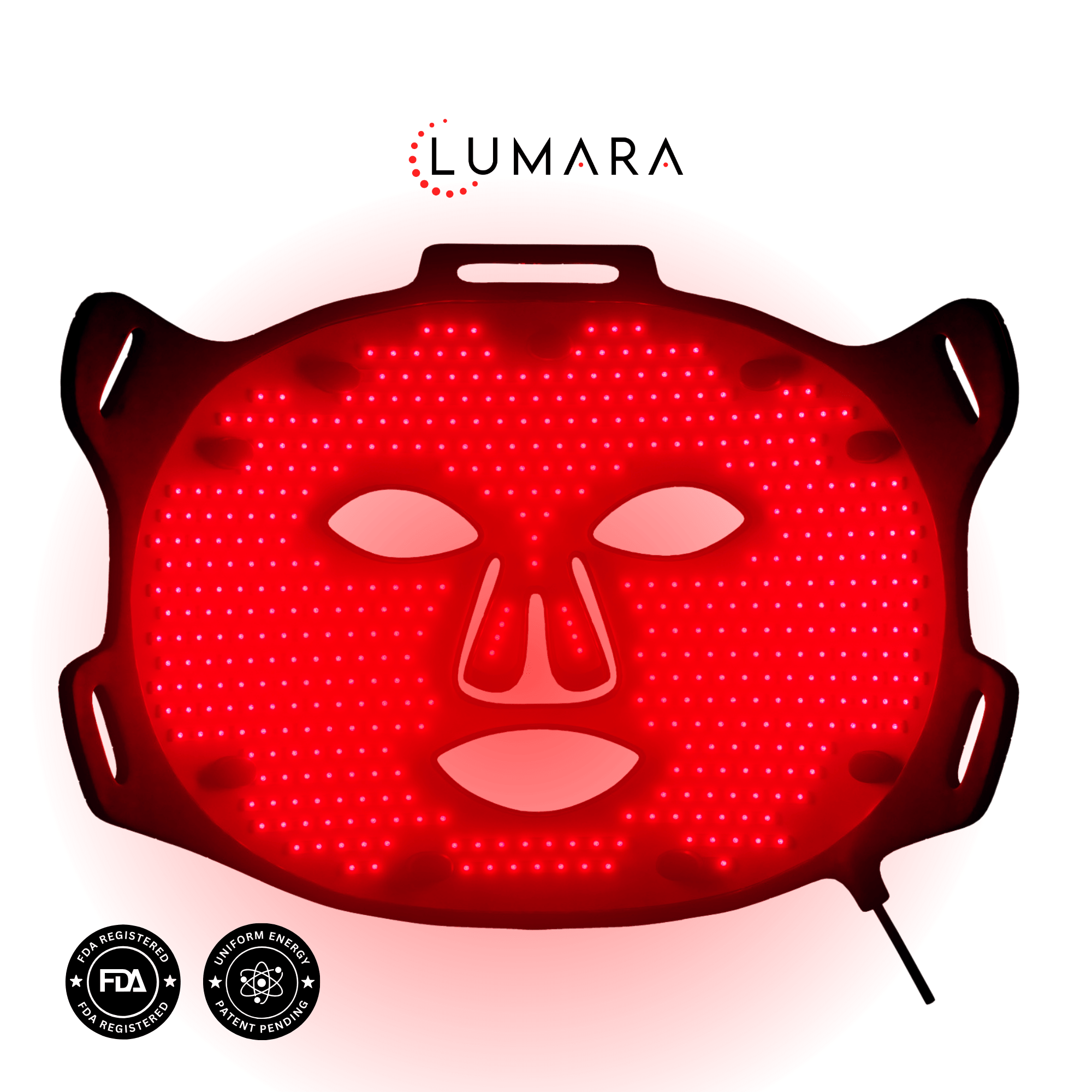
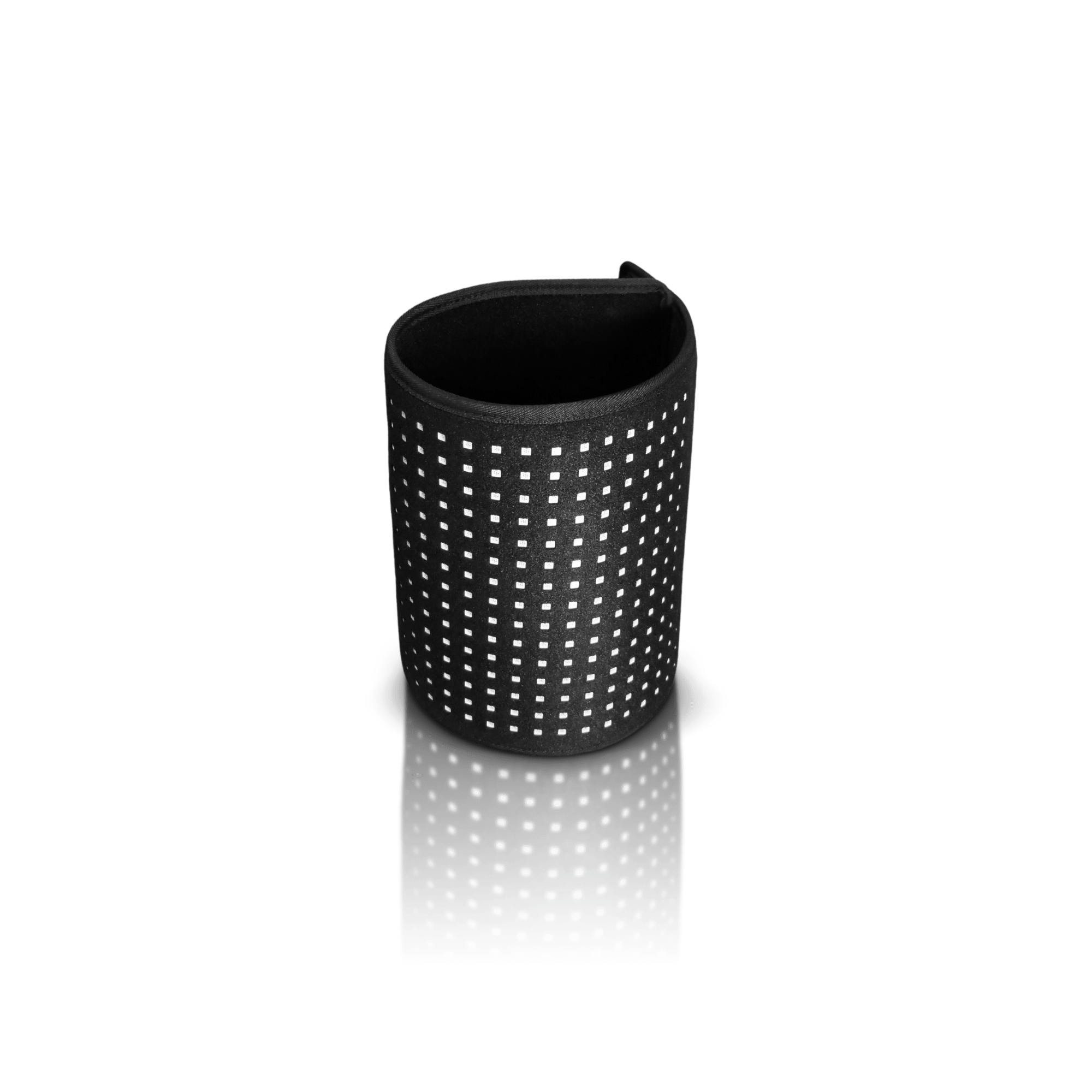
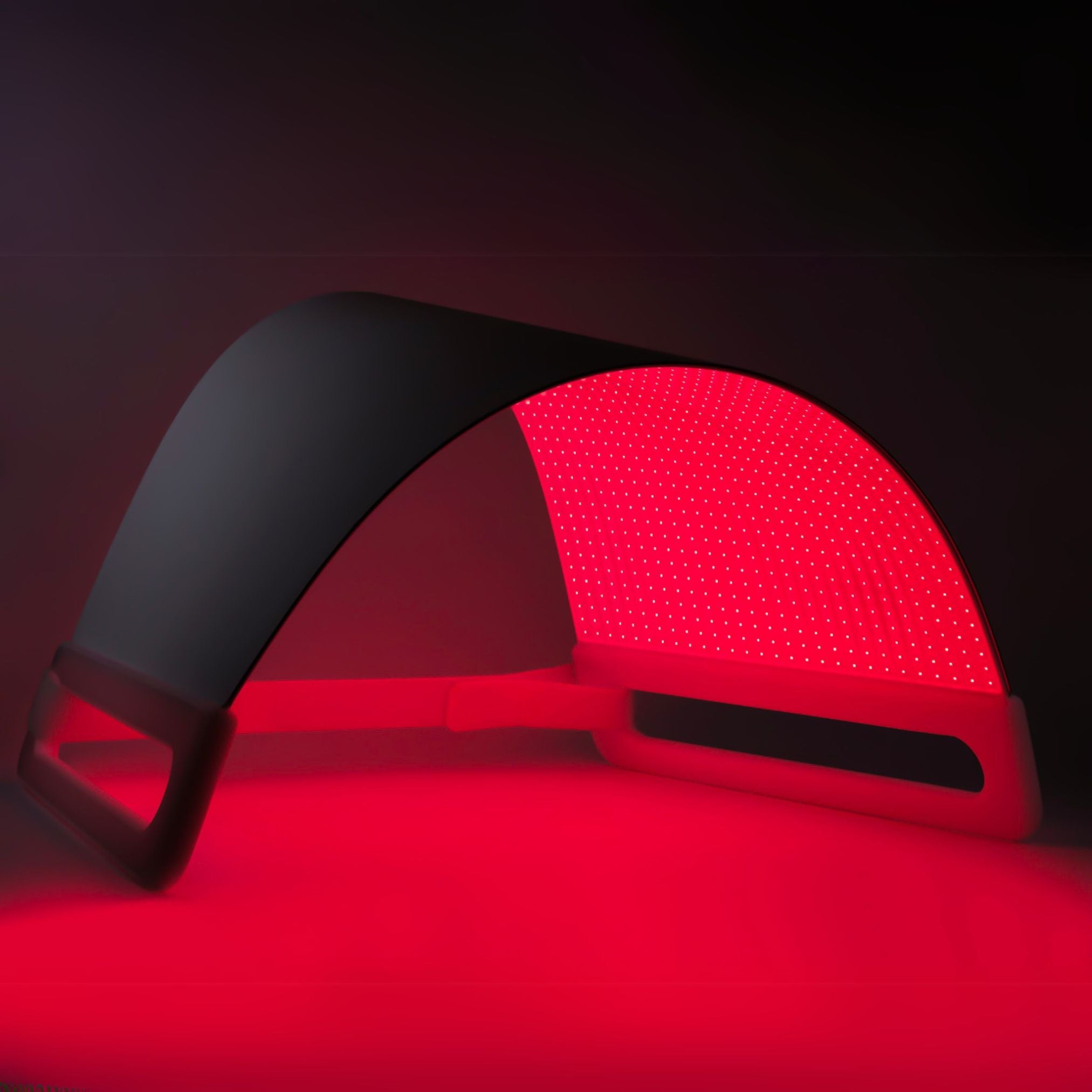
Share:
Red Light Therapy for Lymphatic Drainage
Red Light Therapy for Lymphatic Drainage